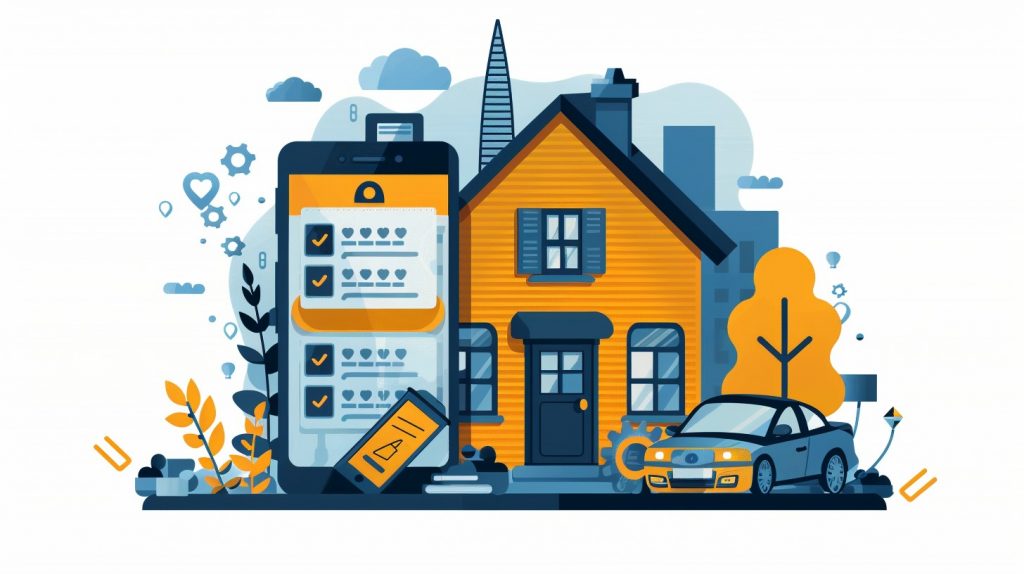
The insurance industry has undergone a significant transformation in recent years with the emergence of embedded insurance. By integrating insurance products directly into the purchase process of other goods and services — such as on ride-sharing platforms, e-commerce websites, or even while booking travel insurance from Qatar — companies are delivering a more seamless and convenient experience for consumers.
This innovative approach is reshaping how insurance is both bought and sold, creating exciting opportunities while also posing new challenges for insurers.
The embedded growth trajectory
Embedded insurance is poised to transform the insurance landscape, capturing a substantial share of the market in the coming years. According to EY, over 30% of all insurance transactions could occur through embedded channels by 2028. Similarly, Deloitte highlights the rapid evolution of premiums for major insurance lines being integrated into third-party transactions, bypassing traditional distribution methods.
In fact, embedded property and casualty (P&C) insurance sales in the U.S. alone are projected to reach $70 billion in premiums by 2030.
Several key factors are fueling the rise of embedded insurance:
- Seamless customer experience: Consumers increasingly value the ease of obtaining insurance during their primary transactions, eliminating extra steps.
- Strategic distribution partnerships: Insurers are joining forces with non-insurance entities — such as e-commerce platforms, automakers, and ride-sharing apps — to embed insurance offerings directly into their services, creating mutually beneficial synergies.
- Advanced technology integration: APIs (Application Programming Interfaces) enable seamless integration of insurance products into various purchasing and service ecosystems, enhancing accessibility.
- Personalized solutions through data: Leveraging customer data allows insurers to design tailored offerings that align with individual needs, delivering more personalized and relevant coverage.
As embedded insurance continues to evolve, it stands to redefine how consumers access coverage, blending convenience, innovation, and customization into the insurance experience — whether it’s securing travel insurance in Qatar or exploring other tailored solutions.

Opportunities in embedded insurance
Embedded insurance is transforming the way people access coverage by integrating it seamlessly into products and services. Below are key opportunities in this growing sector:
Elevated customer experience
Embedded insurance takes the hassle out of buying coverage by offering it right at the point of sale, so there’s no need for those extra steps or separate transactions. The process feels smooth and intuitive. Take Amazon’s partnership with Next Insurance, for example — small business owners can now grab tailored coverage directly through Amazon’s platform. This seamless setup not only makes buying insurance easier but also encourages more people to opt in, delivering a better all-around experience.
Reaching new audiences
By weaving insurance into everyday purchases, insurers can connect with customers who might otherwise avoid traditional insurance options. A great example is Uber teaming up with Aon to provide on-demand coverage for drivers. This approach opens up insurance access to underserved markets and significantly increases reach, helping more people get covered when they need it.
Smarter risk management
With embedded insurance, real-time data helps fine-tune pricing and create personalized policies, making risk management much smarter. ADT’s partnership with Hippo Insurance shows how it’s done: by combining home insurance with ADT’s security systems, Hippo uses live security data to craft tailored policies and even offer discounts. The result? More accurate assessments and customized pricing that fits individual needs.

Simplified operations
Adding insurance directly into platforms not only makes life easier for customers but also cuts down on administrative and marketing costs. IKEA’s collaboration with iptiQ by Swiss Re is a perfect example. They’ve made it super simple for customers to buy home insurance through IKEA’s website and stores, streamlining the process while saving on overhead. It’s a win-win for businesses and buyers alike.
Challenges in embedded insurance
Embedded insurance isn’t without its hurdles. It requires advanced tech integration with solid APIs and expertise, juggling different regulatory standards across regions, and keeping data privacy and security airtight (especially with laws like GDPR). On top of that, educating customers is key to building trust and making sure they understand what’s covered. Tackling these challenges is critical for long-term success in this space.




